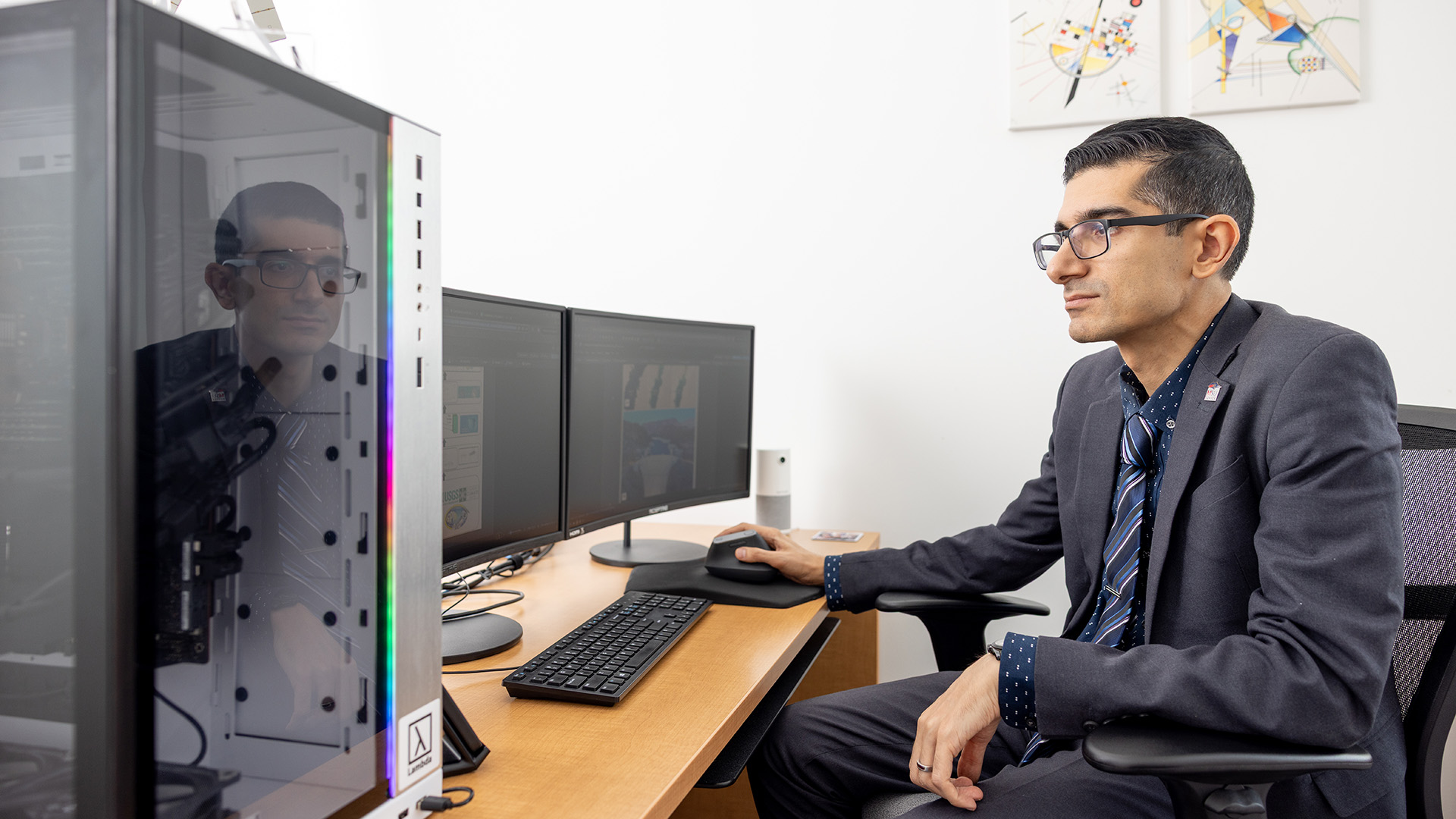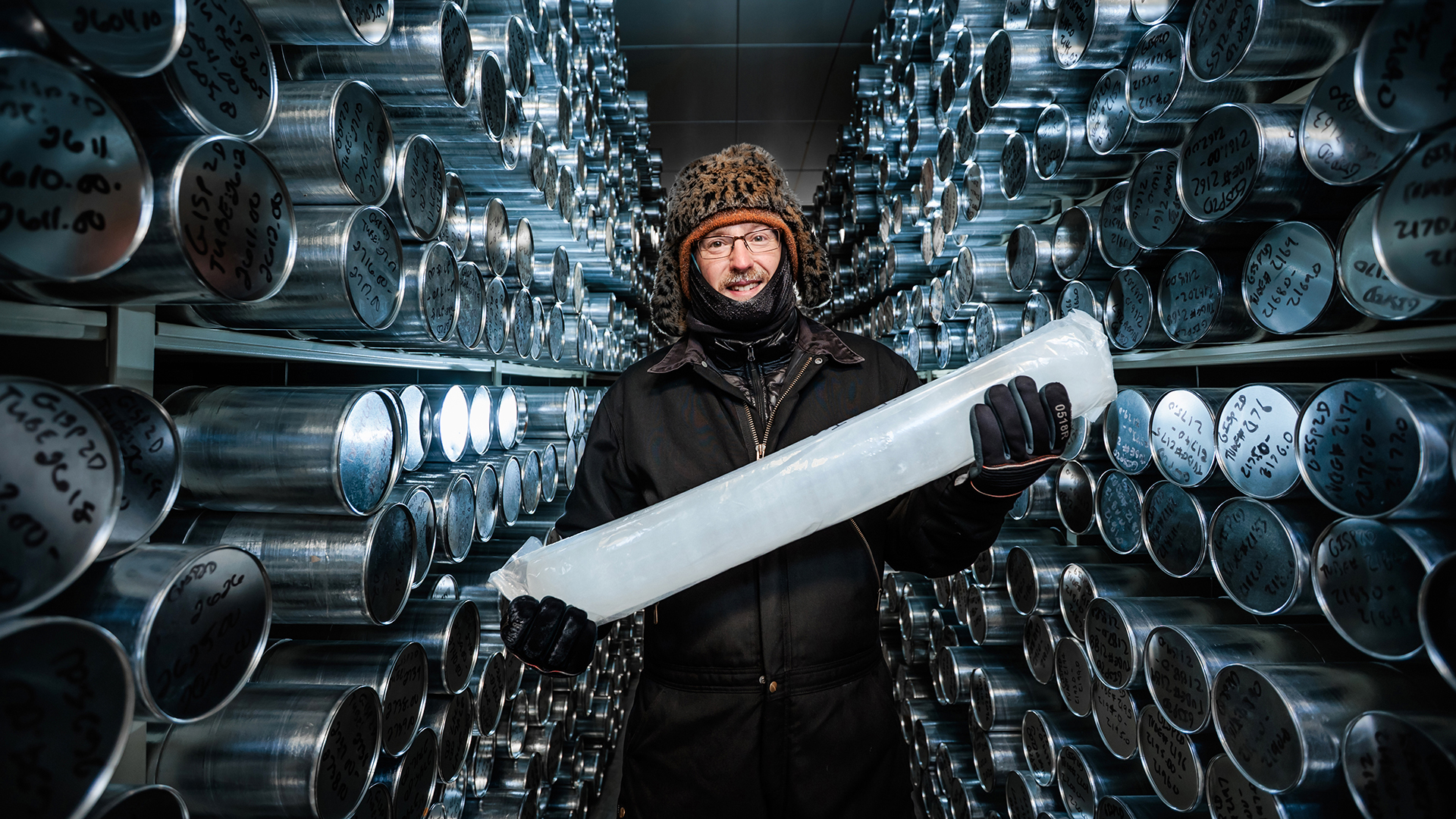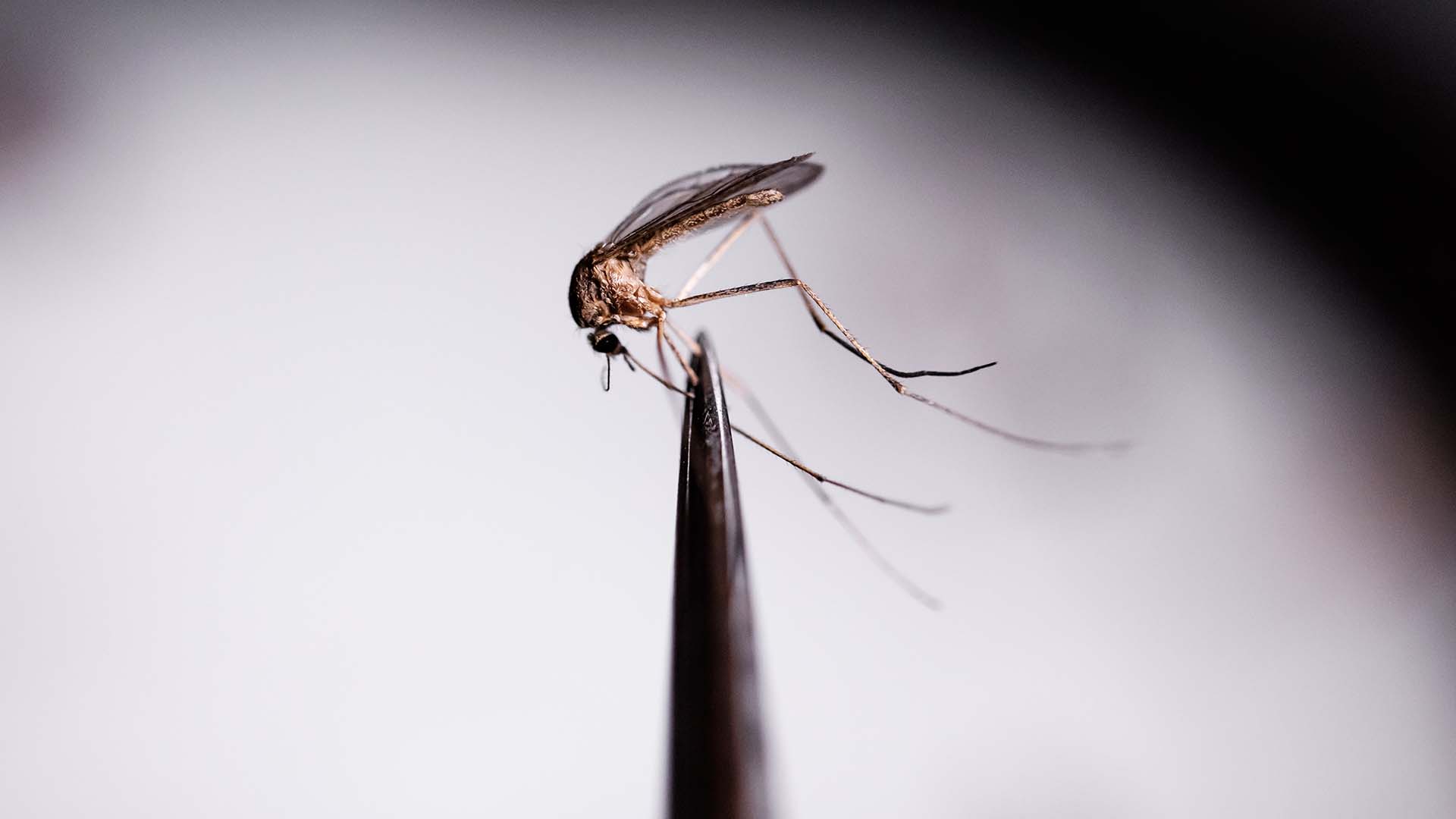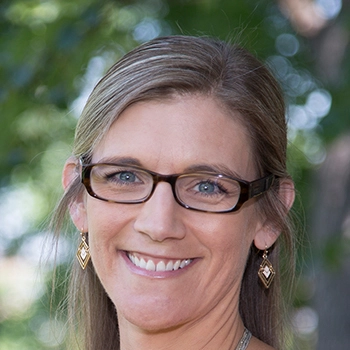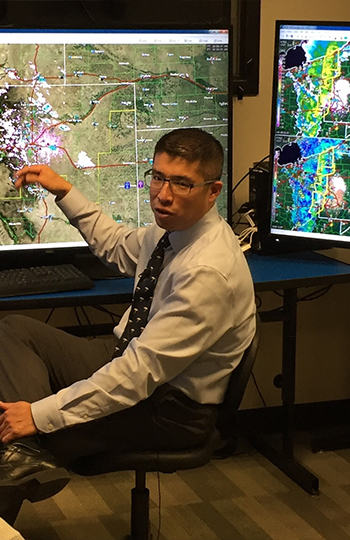Trouble in the ozone
Denver’s declining air quality is a serious problem. Here's what experts say is needed to reverse the damage.

Framed by big skies and the glorious Rockies, Denver at first glance looks like a picture of natural health.
But don’t be fooled: The Colorado capital regularly hovers near the top of U.S. high-pollution lists. This year, it was ranked the seventh-most ozone-polluted city in the country. And in April, the Environmental Protection Agency admonished the city (for the second time in three years) as a “severe” violator of federal air-quality standards.
This is serious stuff. A recent study estimated that ambient ozone pollution, specifically, causes more than 800 deaths each year in Colorado. And as Denver once more starts to fall back to the notorious “brown cloud” days of the 1980s, the city’s pollution levels represent a growing threat to public health.
“The worsening air quality should be very concerning for our urban population,” said Keah Schuenemann, Ph.D., a professor in the Department of Earth and Atmospheric Sciences at Metropolitan State University of Denver. “The smallest particulate matter can penetrate deep into your lungs and result in long-term effects such as lung cancer but also acute effects like heart attacks and strokes.”
RELATED: Cities and suburbs face growing wildfire threat
The situation, she explained, has been exacerbated by a yearslong spate of freak weather in the American West brought on by climate change: “We’ve seen extreme droughts combined with wind events, and these can lead to asthma and worsening allergies as the winds swirl all the dust and pollen around.”
As if this weren’t enough, the recent surge in massive wildfires and the huge clouds of smoke they bring has compounded Colorado’s problems and further raised the environmental stakes. “Wildfire smoke can be extremely impactful,” Schuenemann warned, “affecting even the healthiest populations by triggering respiratory as well as heart distress.”
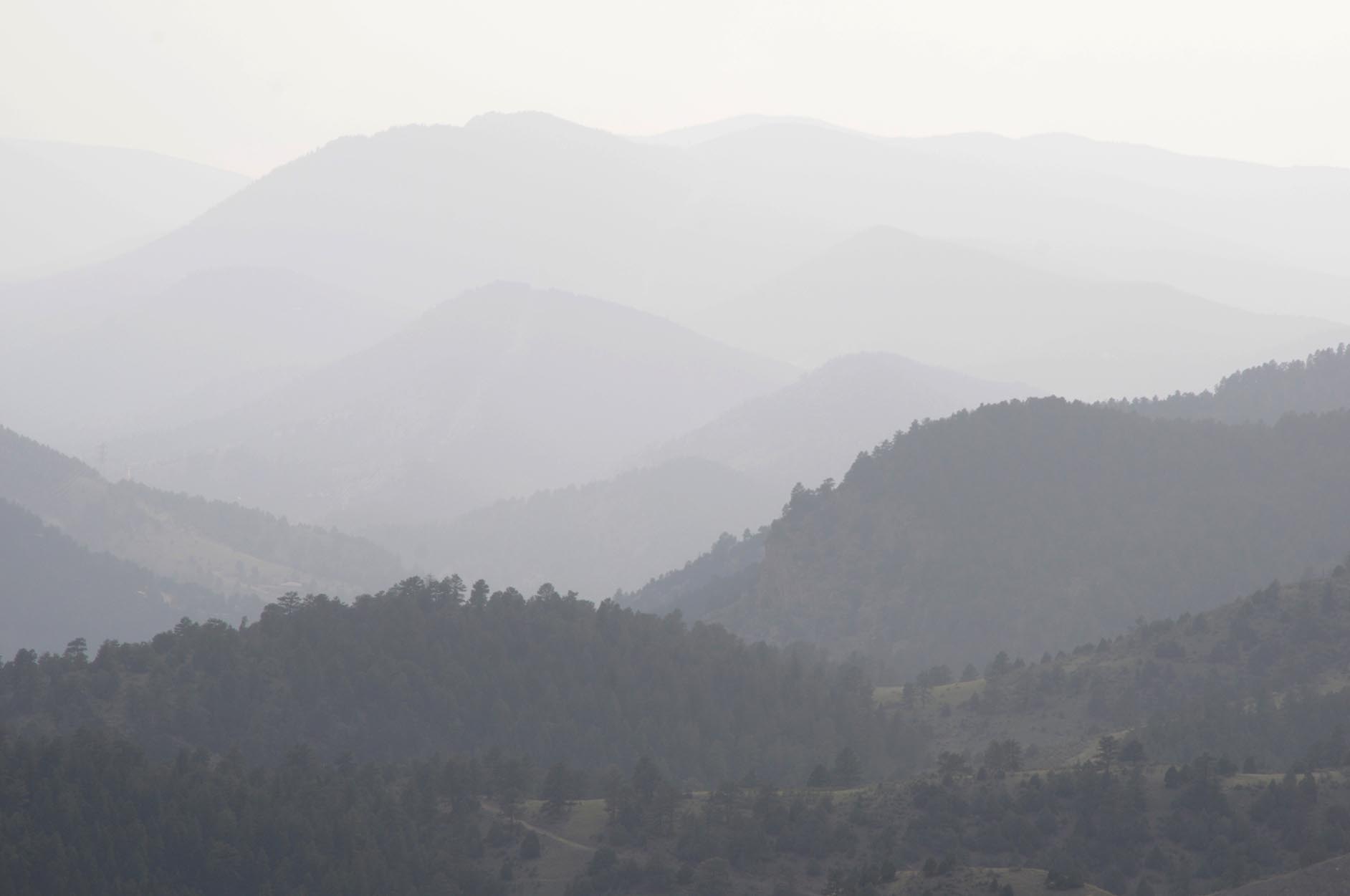
New regulations
Given that air pollution is a national issue, it gets really interesting to compare Colorado with other states, said Erin Seedorf, Ph.D., assistant professor in MSU Denver’s Department of Health Professions.
“This year, the American Lung Association gave Denver an F grade for high-ozone days and particulate pollution,” she said. “But our neighboring states, Nevada and Wyoming, received much better Cs and Bs for these same measures.”
In other words, it’s not so much Colorado’s geographical position or meteorological conditions that are causing this problem. It’s more about how the state’s infrastructure, industry and population have combined to create a pollutant-heavy climate.
The good news, however, is that the state’s leaders don’t appear to be taking this news idly. Against stiff industry opposition, Colorado lawmakers last month passed an air-pollution bill that strictly regulates toxic air substances and goes beyond current EPA requirements.
And in May, Colorado’s legislature passed an ambitious package of eco-friendly laws. It includes several multiyear bills, including $65 million for electric school buses, $25 million to steer industries and corporations toward renewable energy, $30 million to expand Colorado’s regional bus service and $12 million for electric bicycles.
RELATED: Is now the time to buy an electric vehicle?
Seedorf thinks these are the right moves. “I agree with leaders across the state, including from our state health department, that recent events indicate a clear need to start taking climate change seriously,” she said. “It’s important that we push for bold climate-policy development.”
Free travel
One bill from the package that grabbed particular attention was a $28 million plan to offer Coloradans free rail and bus trips throughout August for the next two years. The idea is to persuade people to try out public transit during the ozone-heavy summer months, then hope it becomes habit-forming.
However, this plan also underscores the challenges of trying to bring about societal change. It’s one thing to offer free transport to people but another thing entirely for them to accept it. Are Coloradans simply too attached to their cars?
“Obviously, I can’t predict how people will react to this,” Seedorf said. “But regardless, I think it’s the right step to make mass transportation in Colorado an accessible option for everyone.”
Seedorf hopes such moves will gradually encourage a sustained higher-rate use of mass transportation, which in turn could lead to further public-transport development throughout the state. “That would be a win-win for everyone,” she said.
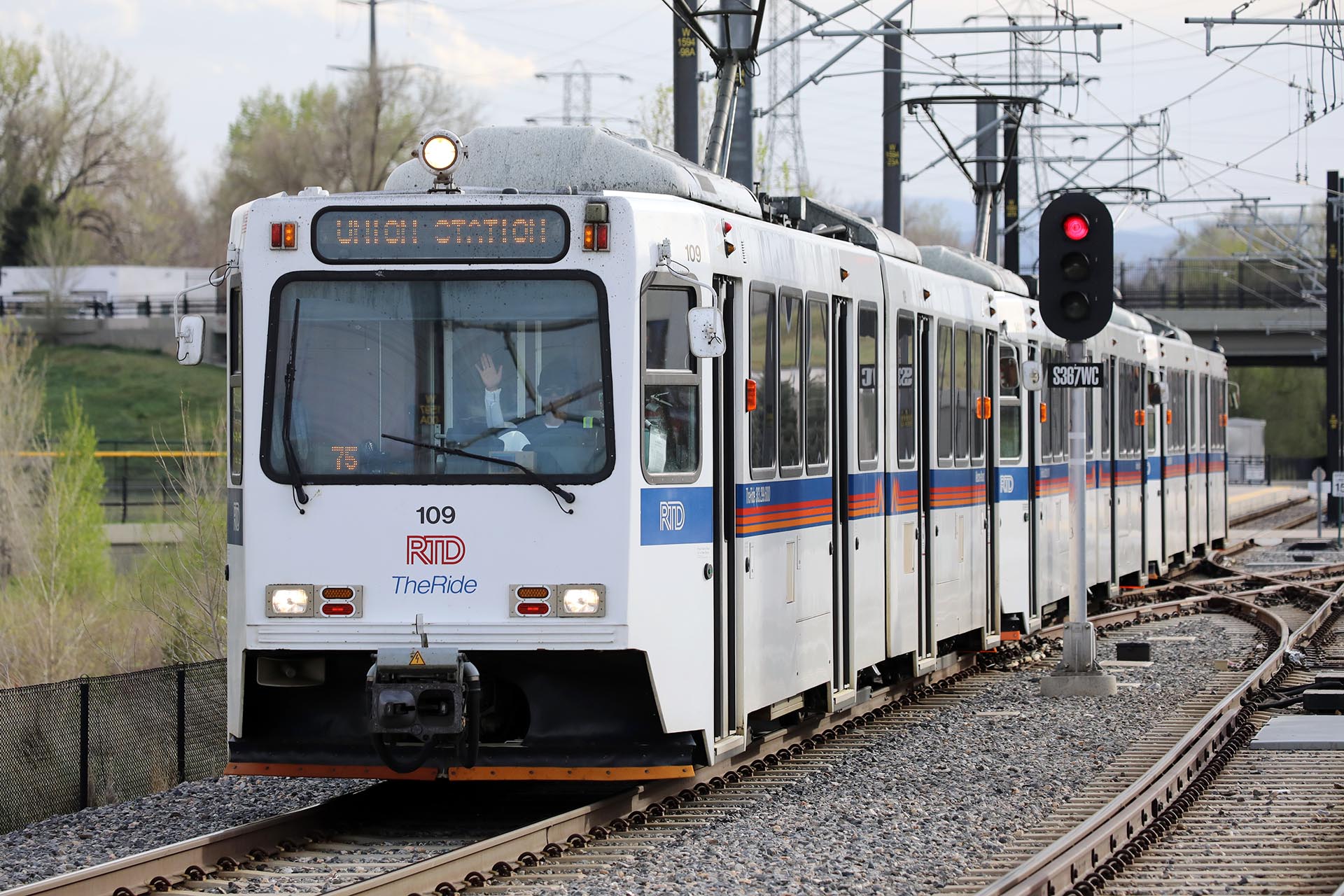
Time for action
In June, U.S. Sen. Michael Bennet of Colorado told a Senate committee: “(One) day last year, Utah and Colorado had the worst air quality in the world — not Beijing, not anywhere else, but my state, which is heartbreaking.”
Bennet’s statement underscores the severity of Colorado’s current outlook. And whatever action the state takes to improve its air quality via transportation, industry, agriculture, and oil and gas, Schuenemann warns that we’ve already progressed too far to avoid lasting damage.
“Looking ahead,” she said, “we should all expect to see a ‘climate penalty’ on our air quality from the existing impact of climate change.” Sadly, she explained, we will see increased ozone due to wildfires in future years and more stagnant-weather events reenergizing the brown cloud.
But that doesn’t mean giving up. And with so many warning signs, there’s no excuse to continue as usual. “We have to take a stand,” Seedorf said, “and demand strong new environmental protections and climate-change policies.
“If we don’t do it now, our generations to come might not have an environment to protect.”

